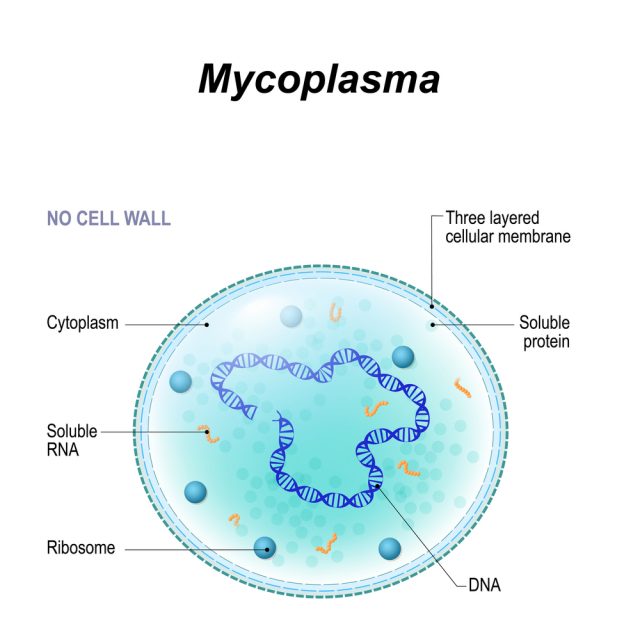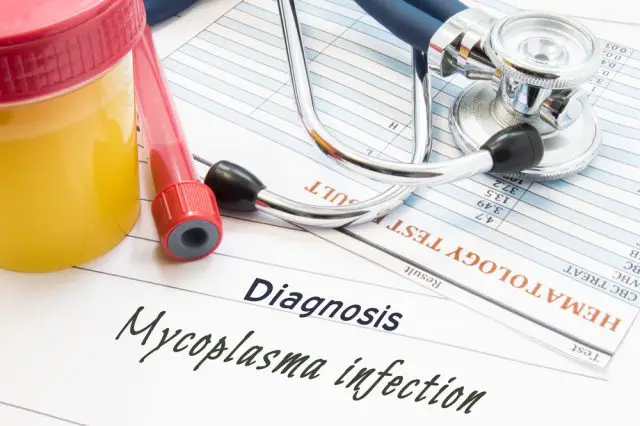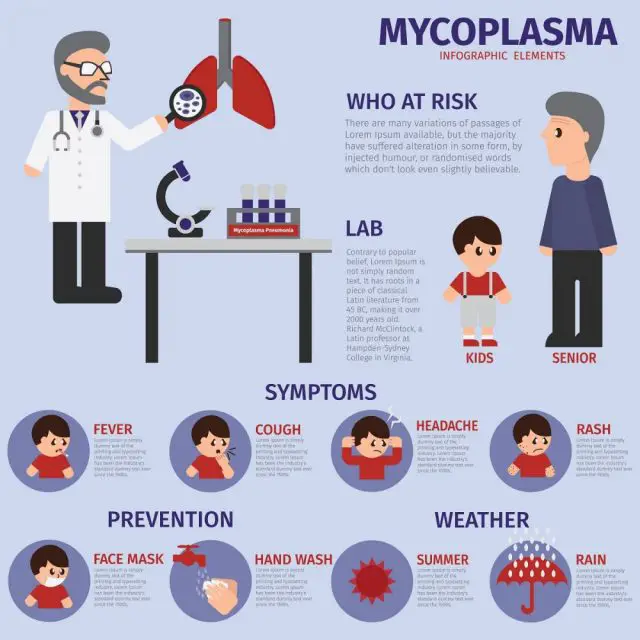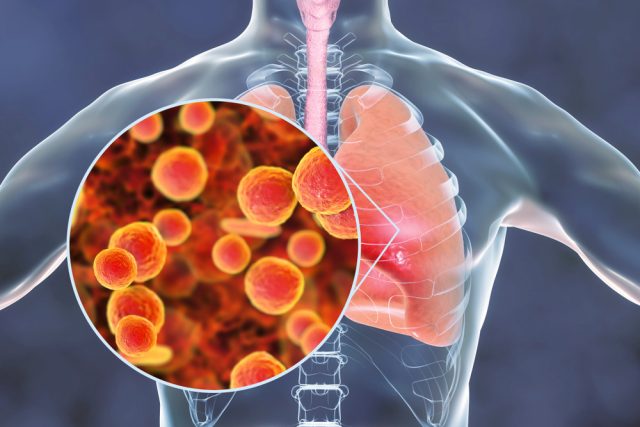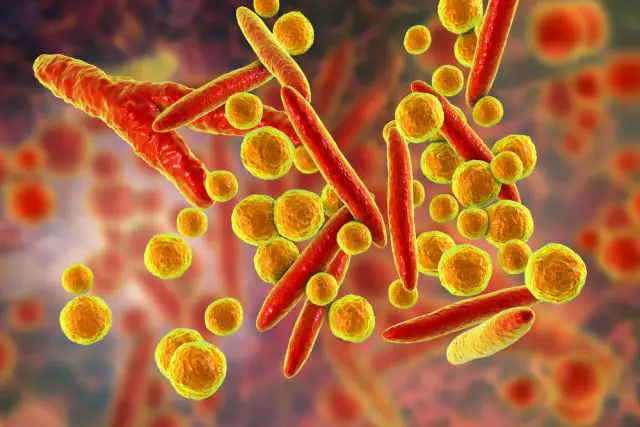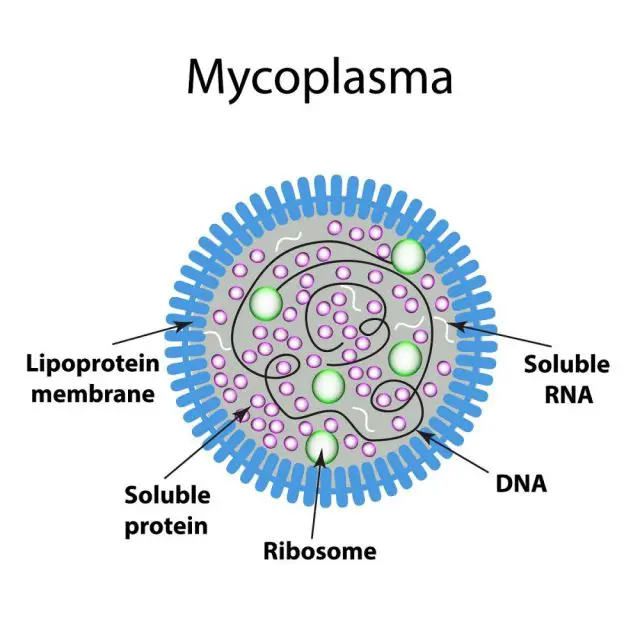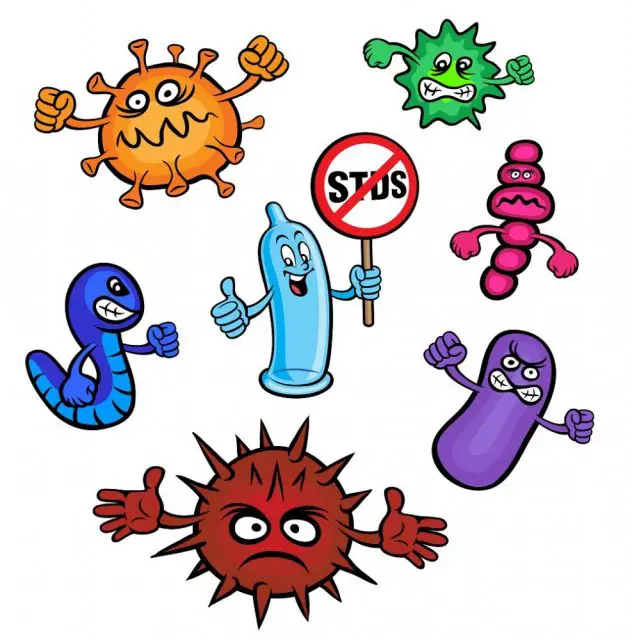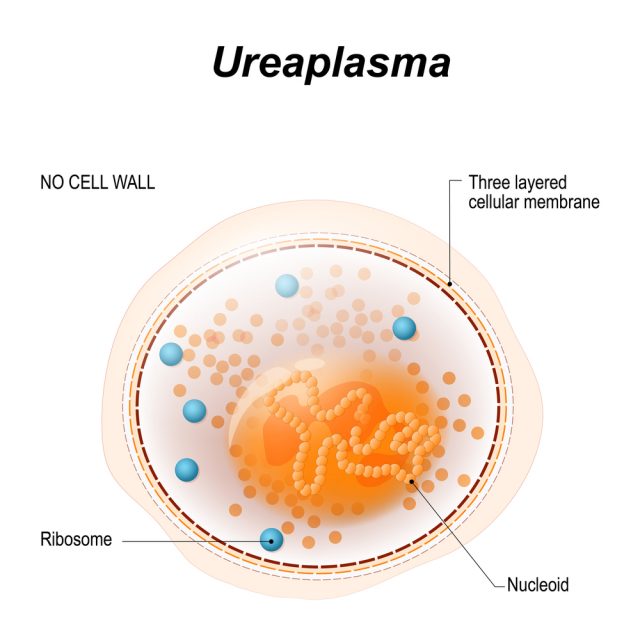Mycoplasma: All You Need To Know
Mycoplasma falls into the category of smallest bacteria. Due to its smaller size, it was earlier misunderstood as a virus. Scientists reveal that it is as small that one cannot locate it with the ordinary microscope. The fact is that around 4000 Mycoplasma can easily fit inside a red blood cell. Being smaller in size, they also have another unique feature as compared to other common bacteria; they are not protected by any cell wall.
Studies reveal that there are around 200 species of Mycoplasma bacteria and out of them 29 can infect human beings; however, 23 are capable enough to cause some disease symptoms. Medical health experts reveal that people with the healthy immune system are not affected by Mycoplasma bacteria but the one with suppressed immunity can easily get infected and may suffer serious health issues. Note that Mycoplasma can also transfer to another body via insect bites, sexual touch, oral ingestion, inhalation as well as through open wounds.
Common Carriers of Mycoplasma Infections
Mycoplasma is generally found in lice, mosquitoes, mites, fleas, ticks and biting flies. All of these are capable enough to transfer the harmful organisms to the body they feed on; hence, humans are often targeted with disease symptoms. If a medical health professional told you that you have Mycoplasma infection, it clearly means that you need to collect deep details about this disease and bacteria.
There are five different types if Mycoplasma infections and all of them have different causes, symptoms, and treatments. However, one thing that is common among all these five types of infections is that they are generated from same bacteria; that may enter your body through different paths.
Why is it more dangerous?
First of all, it is important to understand that why you should collect more information about Mycoplasma infections. As already discussed, unlike many other bacteria, those associated with Mycoplasma infections do not possess cell walls. Now, this point is important to consider because when we use antibiotics as a treatment for some bacterial infections, it works by damaging the outer walls of bacteria cells. Now as Mycoplasma does not have any exterior wall so most of the antibiotics such as penicillin etc. do not work against them.
What are Different Types of Mycoplasma?
Although there are 200 different Mycoplasma bacteria, but there are five most terrible ones that you need to understand clearly as others are least harmful. The list includes Mycoplasma pneumonia, Mycoplasma genitalium, Mycoplasma hominis, Mycoplasma urealyticum and Mycoplasma parvum.
Mycoplasma Pneumoniae
Mycoplasma pneumonia is a kind of lung infection, and it affects around one-third of people out of all Mycoplasma-infected ones. This infection is also named as walking pneumonia, and in kids, it is named as tracheobronchitis. Note that, healthy adults are rarely at any risk due to this infection because their immune system can act strongly to combat this infection. But it can cause trouble to children below 5 years, people already suffering from sickle cell disease, lung disease, those who have diseases that decay ability of immune system as like HIV, those who are consuming chemotherapy, immunotherapy, chronic steroids and the older adults.
Symptoms
- Mycoplasma pneumoniae can cause infection in the upper respiratory system or can also mimic the common
- Some common symptoms associated with this infection include a dry cough, malaise, persistent fever, and mild shortness of breath.
- In few rare cases, this infection can also extend to a critical level by damaging central nervous system and heart.
- Few common examples of disorders associated with this infection include hemolytic anemia, kidney failure, arthritis, pericarditis, toxic epidermal necrolysis and Guillain Barre Syndrome.
Common Treatment Options
- Most of the time, experts recommend antibiotics for this infection. For children, azithromycin, erythromycin and clarithromycin and effective enough whereas for adults, experts advise tetracycline, doxycycline, and moxifloxacin, etc.
- When disease doesn’t come under control with antibiotics, professionals may also recommend corticosteroids such as prednisolone, for mycoplasma treatment.
Tips to Prevent Mycoplasma Pneumoniae
Risks of this infection increases in winter and fall months. This infection can transfer from person to person, so it is better to avoid crowded places. Some preventive tips include:
- Take enough sleep, at least 6 to 8 hours per night.
- Take balanced diet.
- Prefer to avoid contact with people already infected with Mycoplasma Pneumoniae.
- Never forget to wash your hands after interacting with people and before eating.
Mycoplasma Genitalium
This type of bacteria can cause STD, and it is mostly transferred when you establish sexual contact with a person who is already affected with Mycoplasma Genitalium. The fact is that, even if you don’t get involved in vaginal sex, there are chances for bacteria to get transferred just through rubbing and touching.
Studies show that 1 out of 100 adults can have this STD. Some people also try to relate mycoplasma and chlamydia; however, they are two different STDs that have few common symptoms, but causes and treatments are different.
Symptoms
- The terrible fact is that Mycoplasma Genitalium does not come with symptoms always. Many reports show the presence of this disease even when a person feels no symptoms at all.
- In general, symptoms in a woman include pain in the pelvic area below the belly button, bleeding between mensuration, bleeding after sex, pain during sex and discharge from the vagina.
- In case of men, the symptoms may be watery discharge from the penis, stinging, burning sensation when you pee, swelling of the urethra.
Common Treatment Options
Medical health professionals reveal that Mycoplasma Genitalium is a critical problem and diagnosis is also tricky. Few possible diagnosis options are:
- Doctors may recommend azithromycin but in case if it doesn’t show any improvement, then you may have to consume moxifloxacin. After continuing this medicine for at least one month, you need to undergo one more medical test to check if the infection is gone or not.
- You may have to follow specific treatment depending upon symptoms and level of infection.
Tips to Prevent Mycoplasma Genitalium
- Condoms can be a trusted solution to avoid Mycoplasma Genitalium infections; however, it cannot guarantee you complete safety.
- In case if you are already infected, prefer to contact medical health professional as soon as possible.
- Do not establish sexual contact with anyone, at least for the first 7 days when you start the treatment and follow doctor’s recommendations ahead.
Mycoplasma Hominis
This bacteria is found active in the urinary tract, and it mostly affected women with lesser risk to men. When you have good immune health, there is no need to worry about this infection but in case if your immunity is low, then it is important to take preventive measures to stay safe from germs.
Some people pick this virus at the time of sexual contact, but in most of the cases, it is found in newborn babies as it can easily transfer from mother to baby during childbirth. Studies show that around one-quarter babies have colonization of this bacteria in their body, but it often gets dropped within 3 months. This disease is also related to chlamydia and gonorrhea due to common symptoms, but basically, they are quite different.
Symptoms
- Mycoplasma Hominis bacteria can be transferred through sexual intercourse via the anus, oral or vaginal. Also, it gets transferred from mothers to newborn
- Symptoms of disease in women include vaginal itching, continuous pain at the time of sex, burning sensation or pain during urination and discharge from the vagina.
- In case of males, it may include discharge from penis, pain and burning sensation during urination. In newborn babies, this infection can cause uneasy breathing, odd changes in blood pressure and heart rate as well as fever.
Common Treatment Options
First of all, medical health professionals will take your urine sample to test the presence of virus in your body. Samples can be taken from vaginal discharge also. You may have to visit experts for regular treatment, and it mostly consists of using mycoplasma antibiotics.
Tips to Prevent Mycoplasma Hominis:
In order to reduce the risk of Mycoplasma Homini bacteria transfer, prefer to use following preventive measures:
- It is advised to use protective sheaths at the time of sexual intercourse.
- In case if you face any symptoms associated with STI, it is good to contact medical health professionals as soon as possible.
- One should avoid vaginal sex especially by the end of pregnancy whether it is delivery, abortion or miscarriage. Take help from doctors for proper closure of cervix.
- Confirm sexual and STI history of your sex partner and prefer safe sex.
Conclusion
A healthy woman can also suffer ureaplasma urealyticum and ureaplasma parvum. Although they do not have any major impact on your body, few basic pain and discharge symptoms can be observed. There is a common relation between mycoplasma and ureaplasma that is they both are found in the reproductive tract of men and women. If you are suffering from any of these disease symptoms, it is better to contact medical health professionals. They can help you to start right treatment on time.

